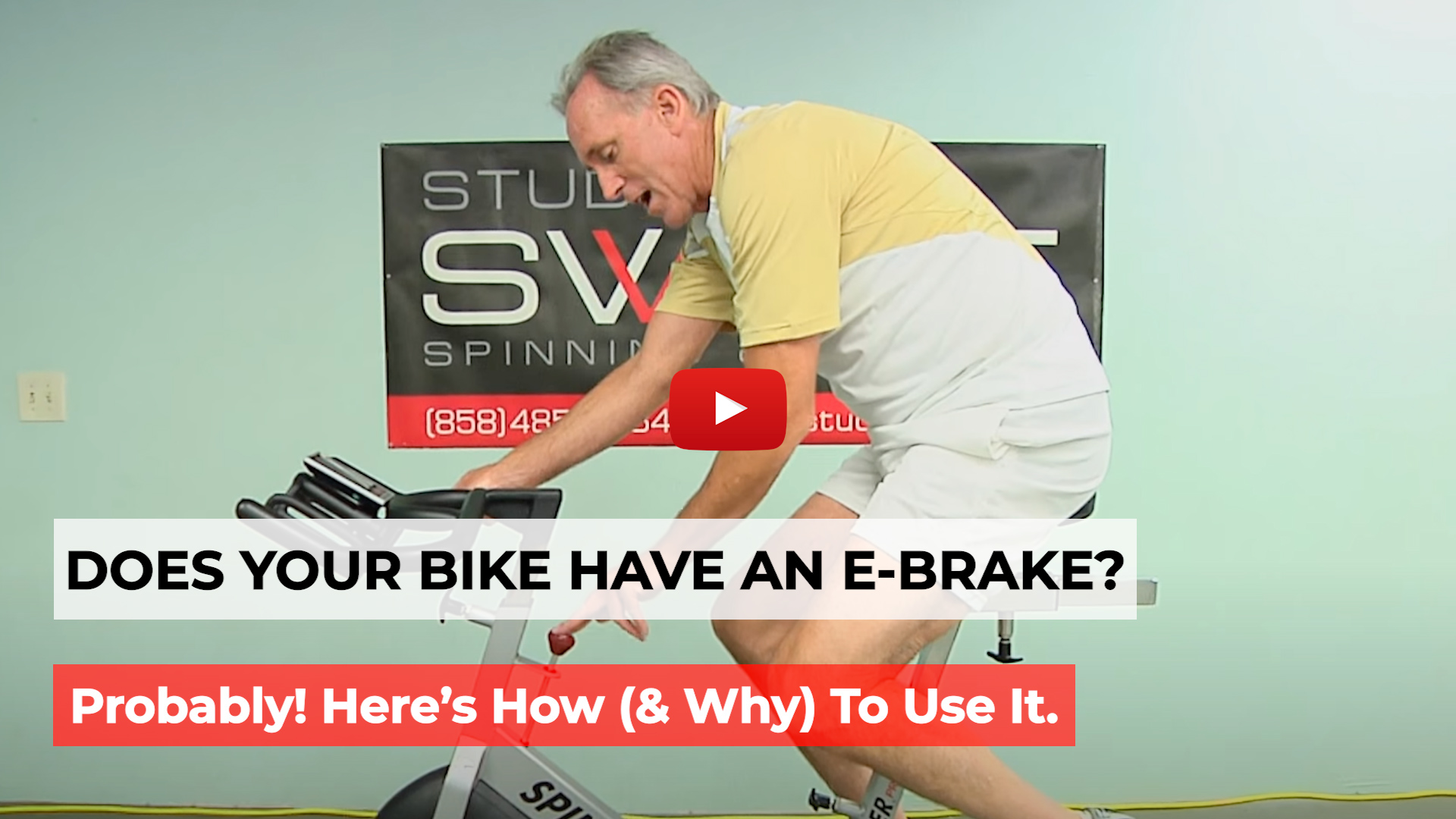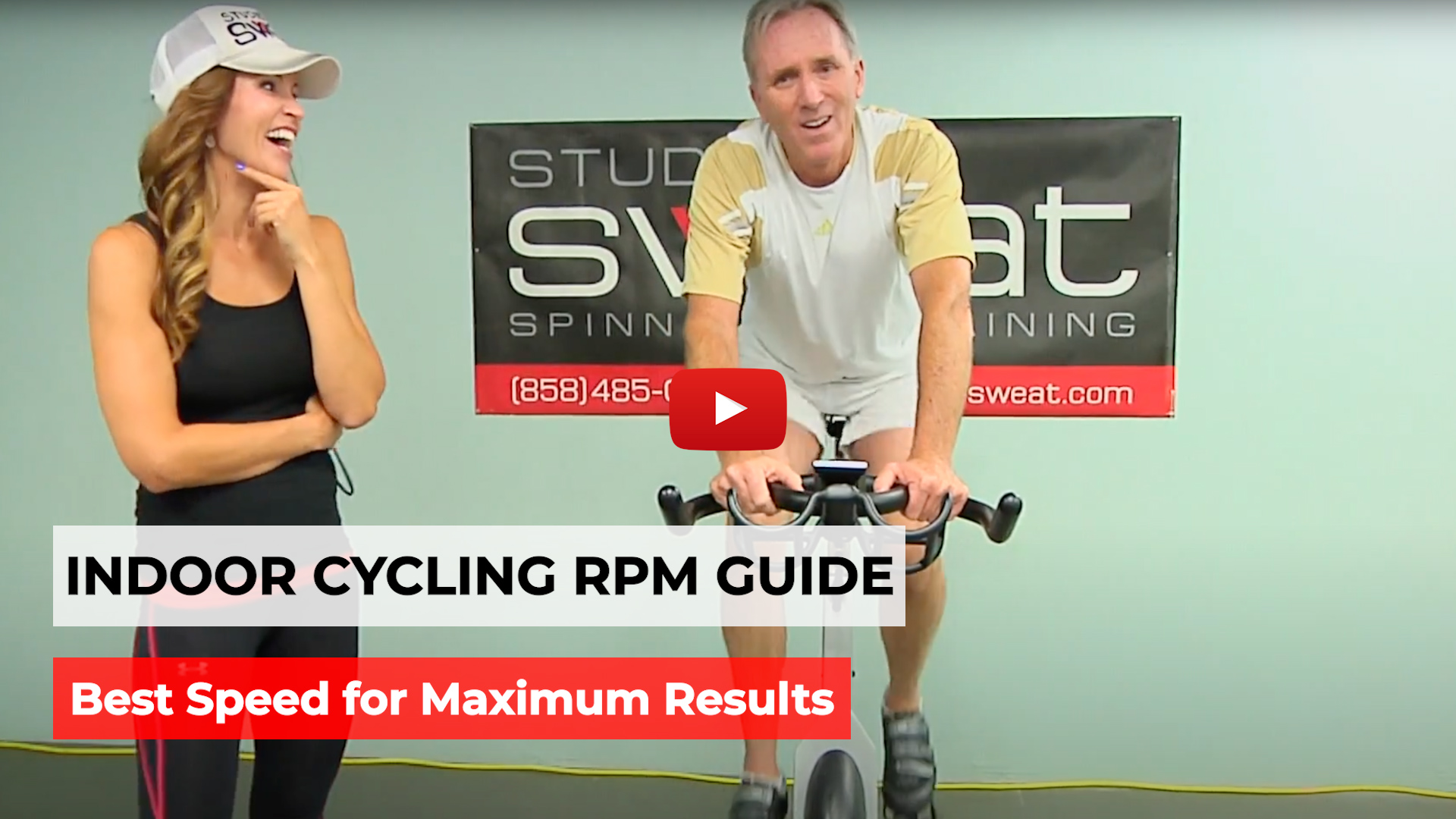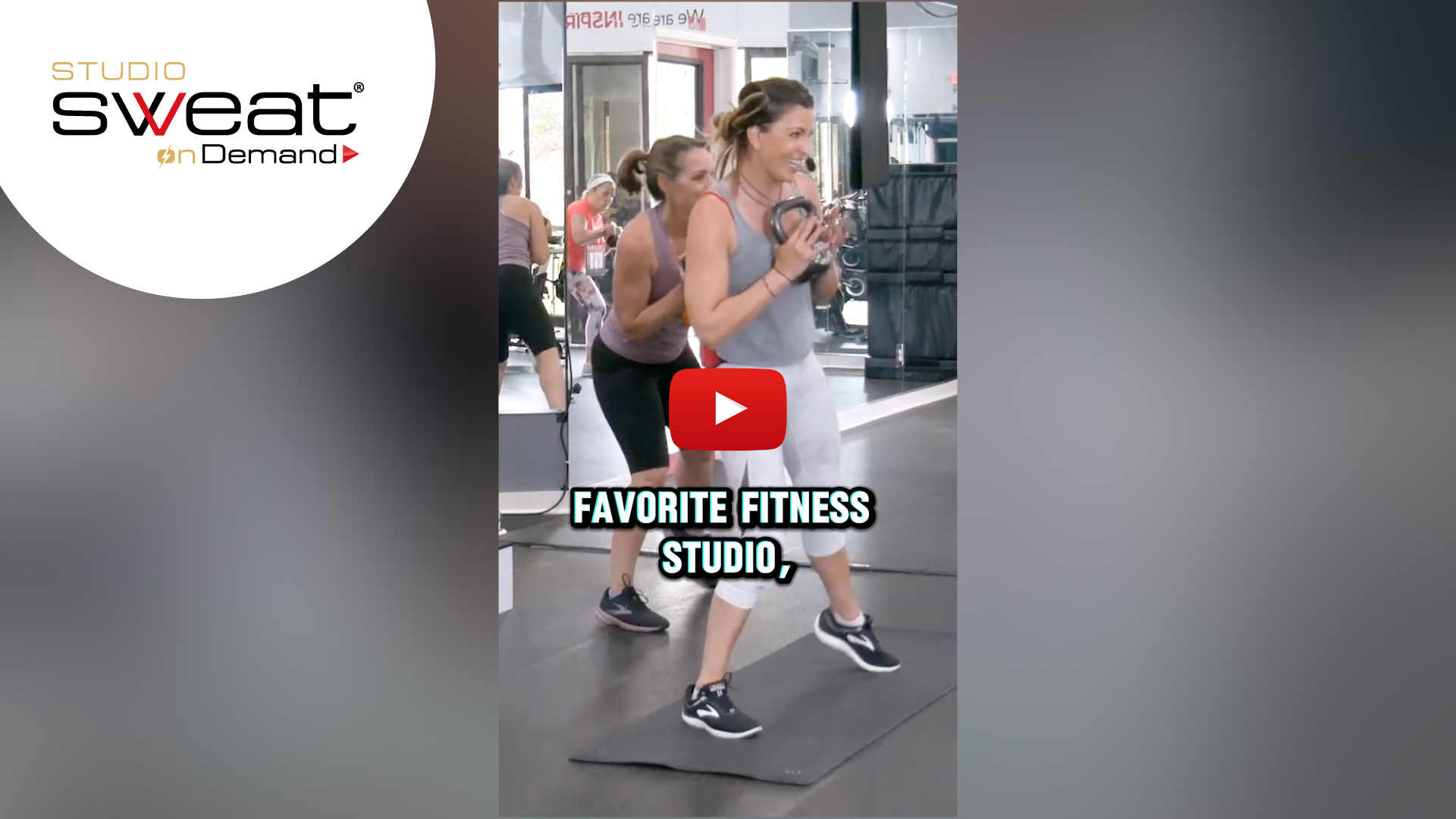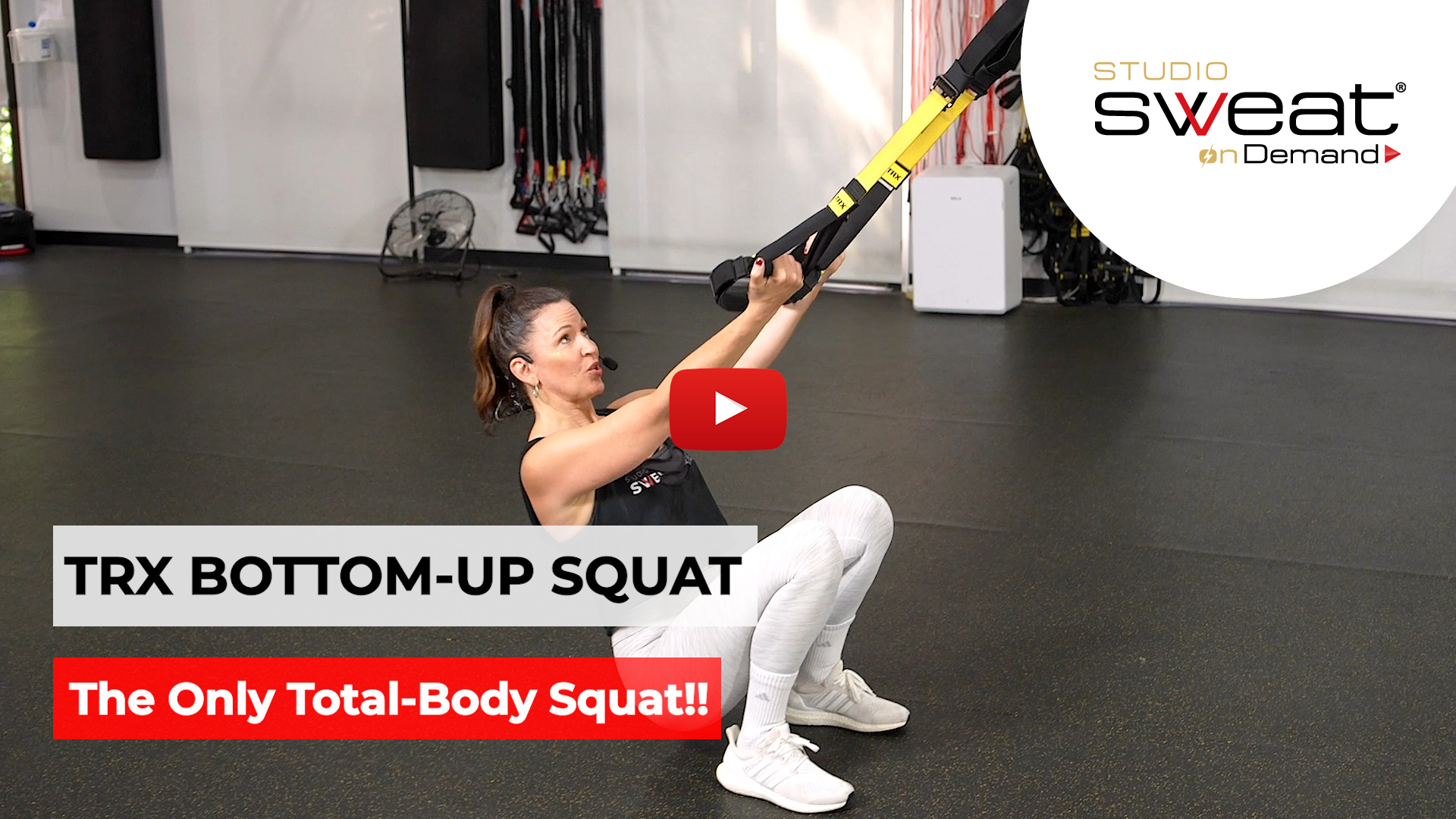and why it truly matters
We love TRX workouts! Have you heard this from us before? Yeah, you have. TRX workouts are a great way to get a full-body workout, the straps are easy to use at home or to pack and use when you travel just about anywhere (trust us, we’ve used hotel and cabin doors, playground equipment, and even a hefty tree limb), and with simple body positioning changes you can adjust the intensity of pretty much every move so it’s great for all fitness levels.
However… I have to tell you that adjusting the straps to the proper length is SO important (and you know we’ll tell you why) that Cat Kom and Sidekick Bethany got a couple of straps out to demonstrate a proper TRX setup.
“Why,” you ask?
- Safety – Just like any fitness tools, proper positioning of the equipment and your body will help you do an exercise safely.
- Range of Motion – Most TRX moves rely on completing a full range of motion – straps too short, or even too long, can inhibit that.
- I Don’t Want no Rubs – We like our red zone to be limited to heart pumping, not to chafing along our arms or legs. So getting your straps to “just right” will keep your skin from feeling the burn.
Mechanics of mounting and adjusting:
- Anchor point – Whether you’re adding a permanent mount in your home gym or strapping onto the top of a door or a tree, you want your anchor point to be 7 to 9 feet off the ground, 9 being optimal.
- Equalizer loop – at the point where the two straps come together (close to the anchor point), there is a loop. To maintain the best stability in the straps, the loop should be “balanced” with the tab parallel to the floor. If you’re off-center, you’ll end up sawing back and forth.
- Strap length – one of the coolest things about TRX straps is that you only need one single piece of equipment for all the exercises. But you DO have to adjust the length of the straps for each move. To adjust:
- Grab carabiner release (or as Bethany calls it, the “hard metal thingamajig”)
- Pull the metal tab down to open it up
- To shorten the straps, pull up on the yellow tab
- To lengthen the straps, let go of the yellow tab, pull the metal out, and then pull that down away from the anchor point (Pro tip: you can lengthen both straps at once)
What are the typical strap lengths and when should we use them?
First, know that these are approximate, and you may need to make small adjustments for your own body. Bethany starts with her straps up at mid-calf for a TRX crunch, and sometimes has to adjust if her hammies start cramping.
In most moves, you’ll be able to “tell” if you’re at the wrong length because the exercise doesn’t feel right. If you’re doing a chest press, for example, and the straps are too short, your arms will be above your shoulders (and guess what, the straps will probably be rubbing on your arms!).
- Fully Shortened
-
- One of the few exercises you do at this length is a row
- Mid length – handles about knee-length
- Reverse lunges
- Squats
- TRX triceps (which, by the way, is a sneaky killer exercise)
- And many more
- Mid Calf – handles hit at your mid calf.
- Most face-up exercises like glute bridges, hamstring curls, etc
- Most face-down exercises like ab crunches, mountain climbers, etc.
- Fully Lengthened
-
- One of the few exercises you do at this length is a Superman
If you’re heading to a class with lots of TRX straps already set up, check the setup and don’t just hop on assuming it’s right for you. Bethany and Cat will have a significant difference between their “mid length” positions. And lots of trainers out in the world don’t really know how important positioning is, so they may not address it in their classes. Now you know how quick it is to make an adjustment, so no excuses, right?
Better yet, get some amazing body-sculpting, fat-torching TRX workouts at Studio SWEAT onDemand! Download the app, or if you happen to live in southern California, visit us in our San Diego studio.

















Comments - 2